Converse Memorial Building Art Collection
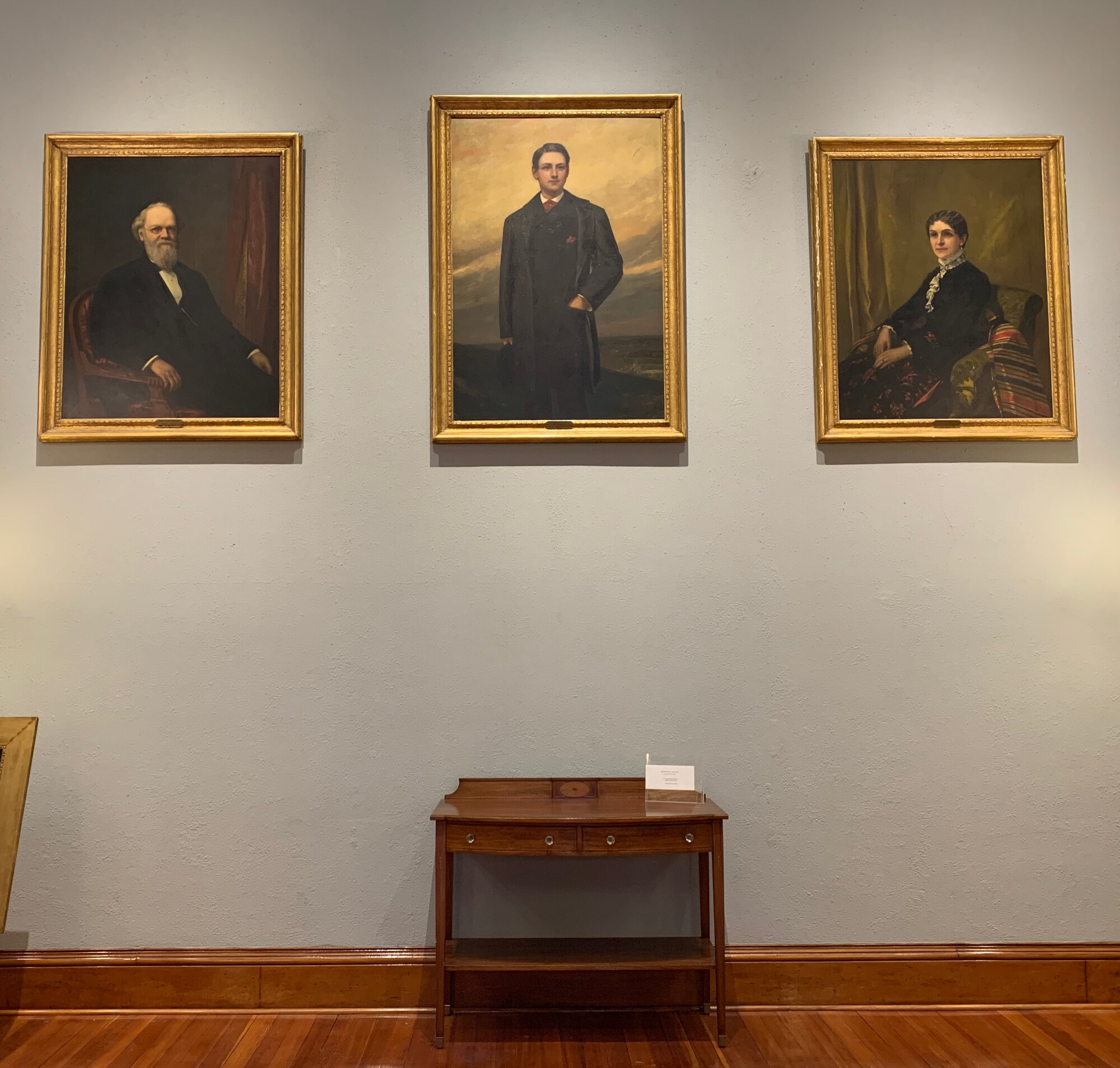
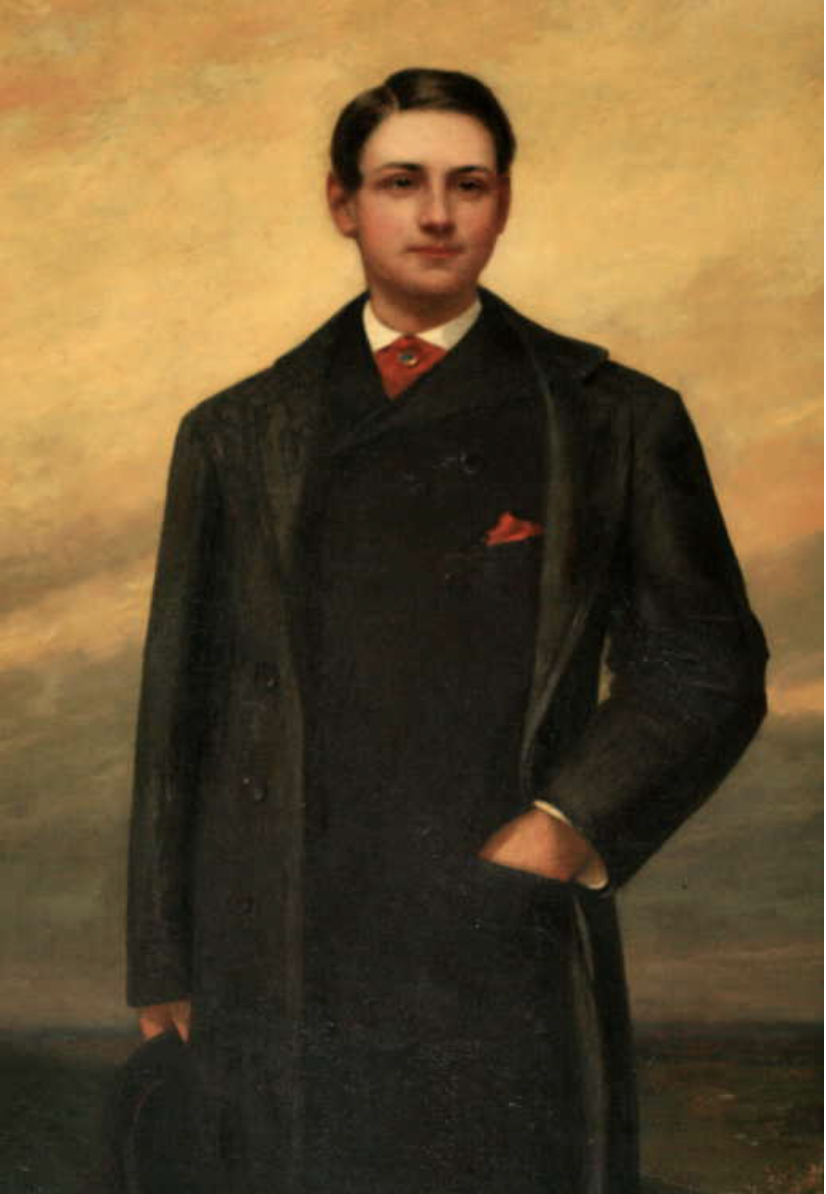

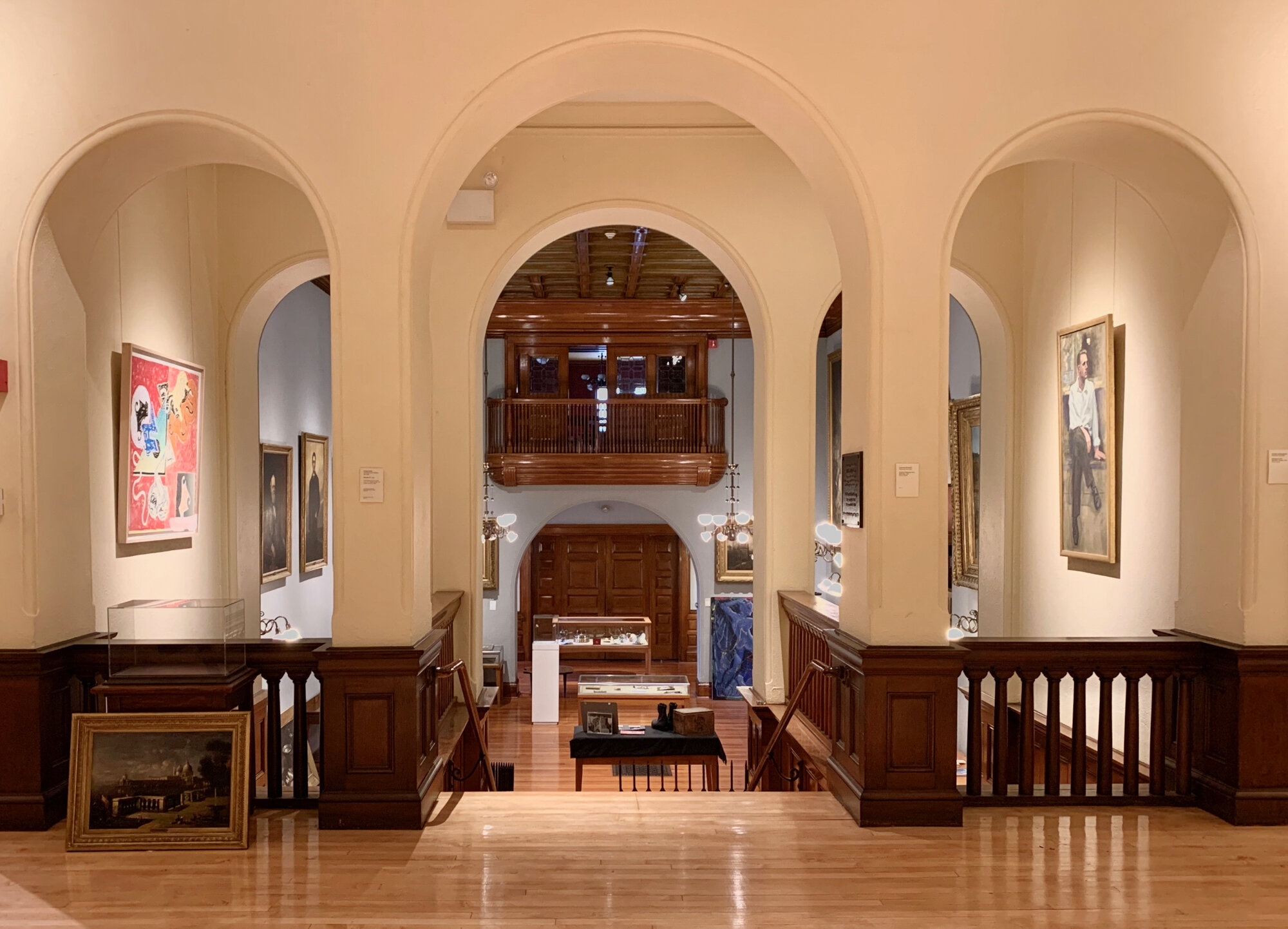
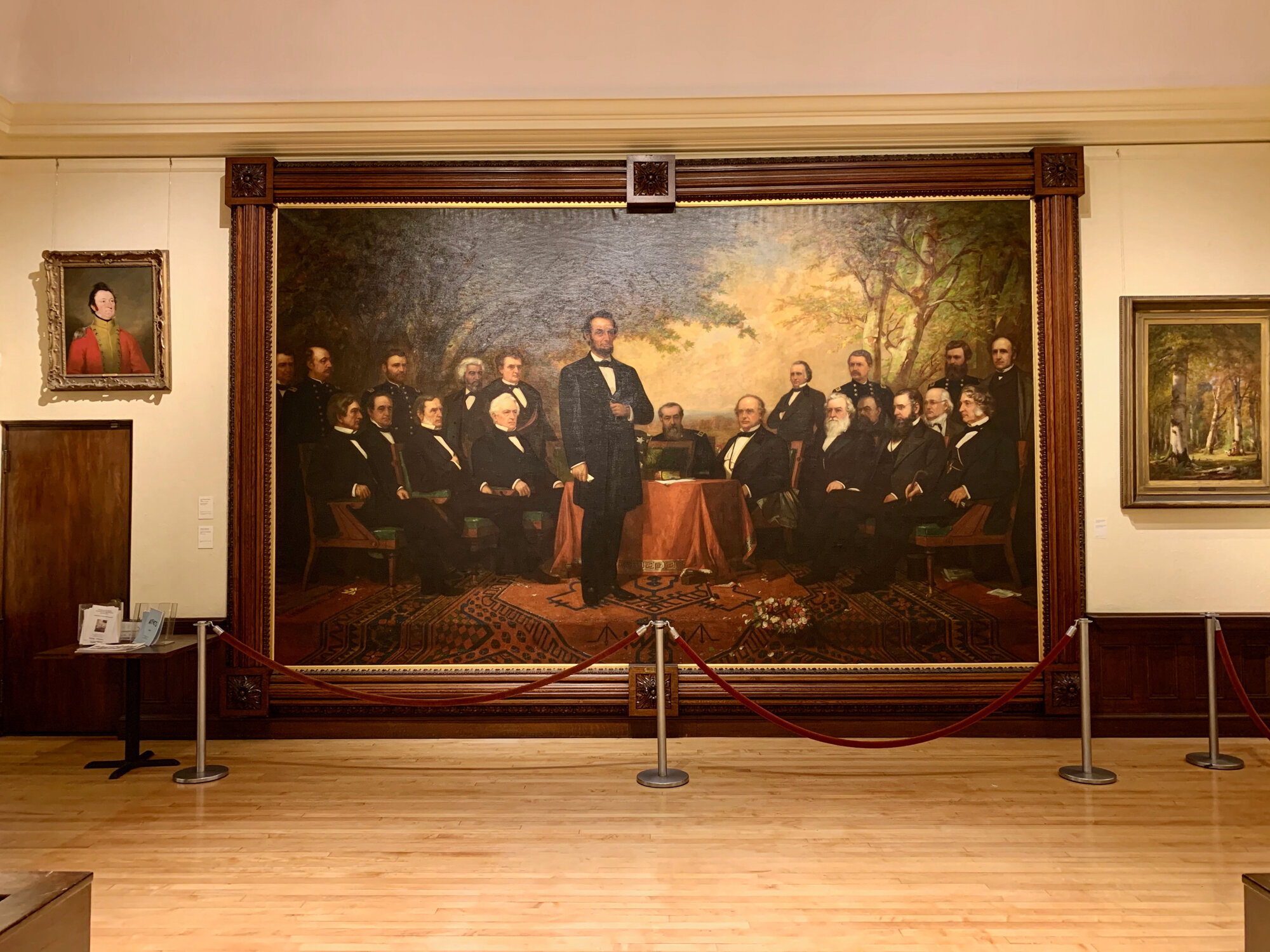



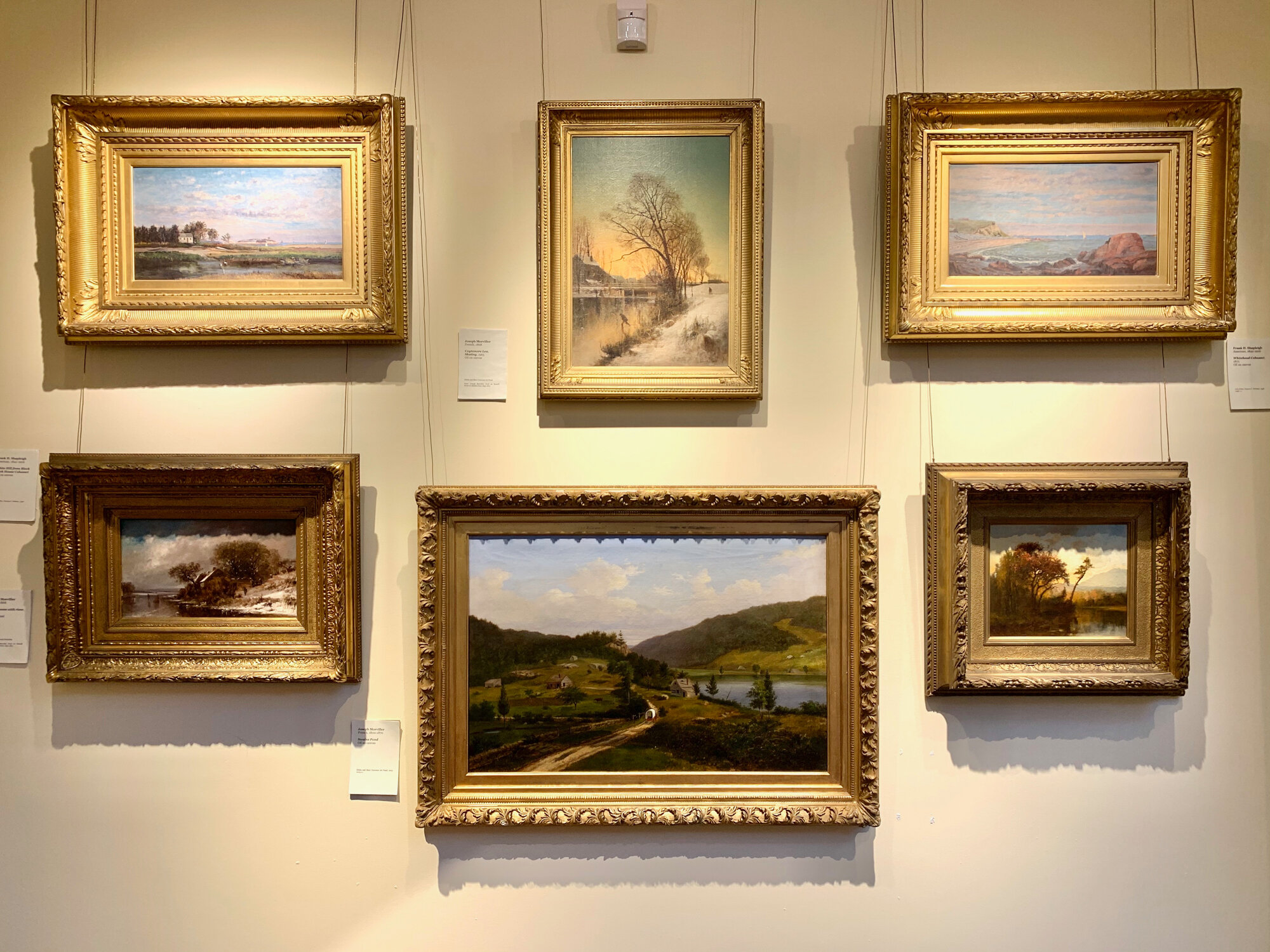
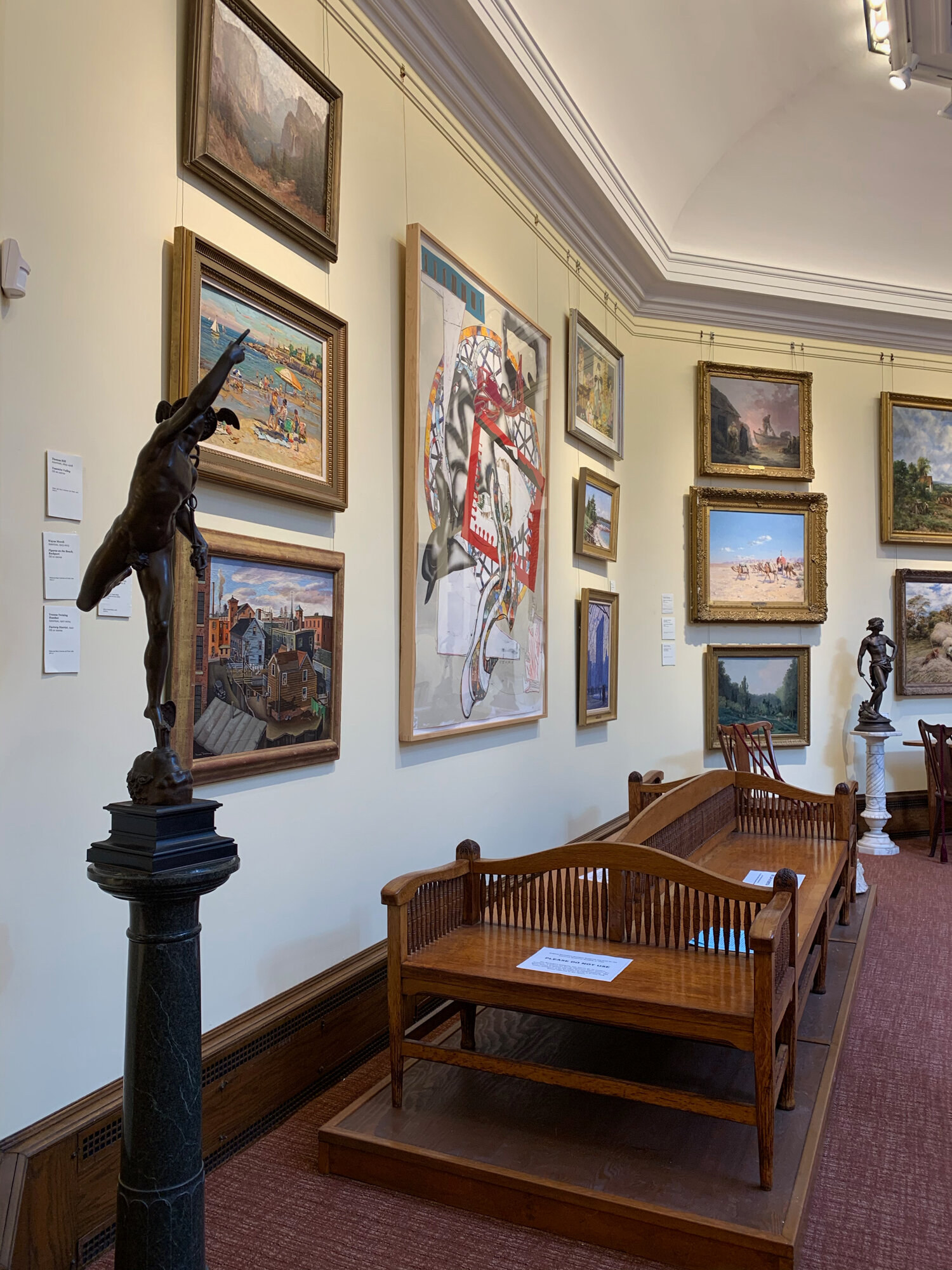
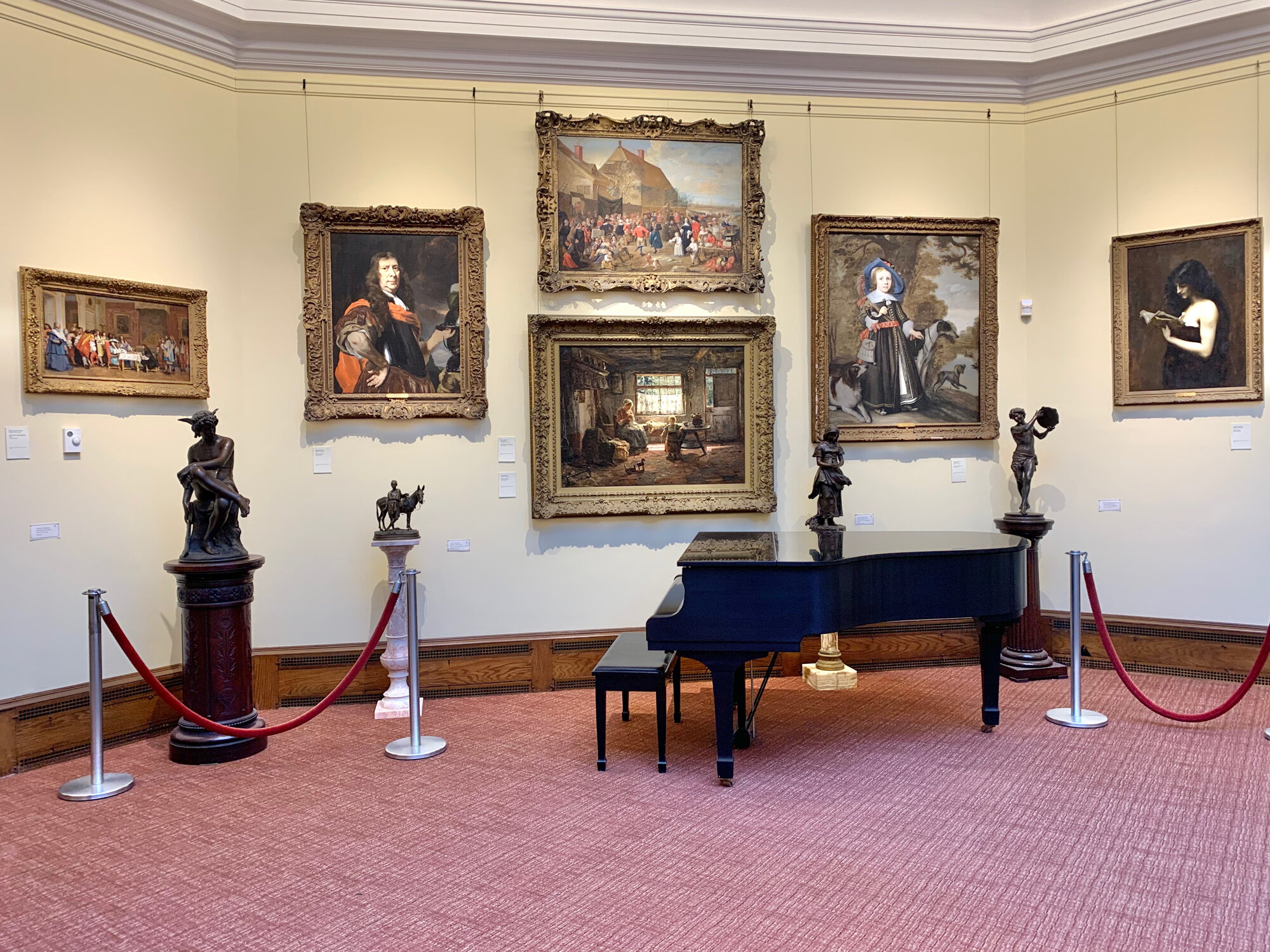
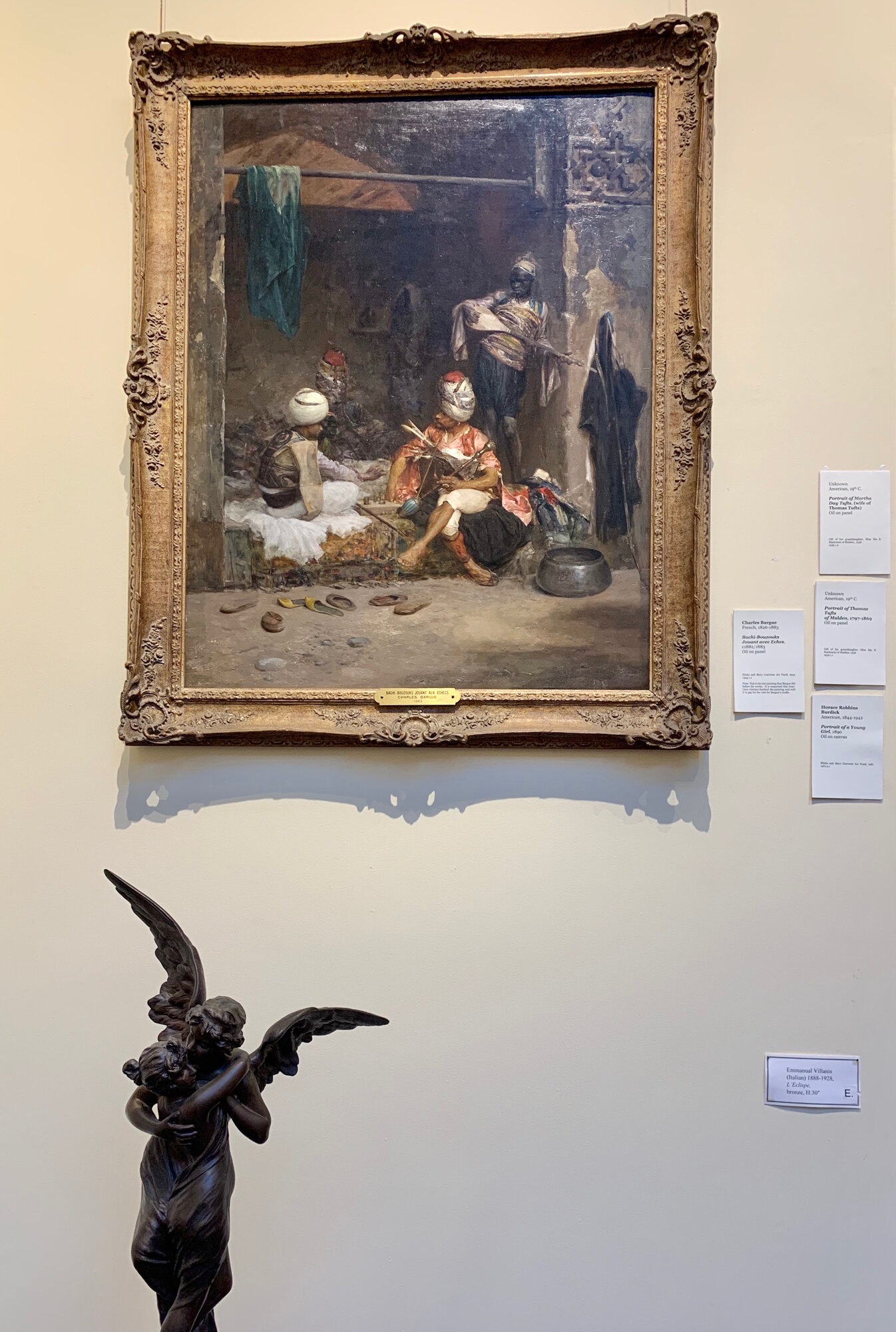
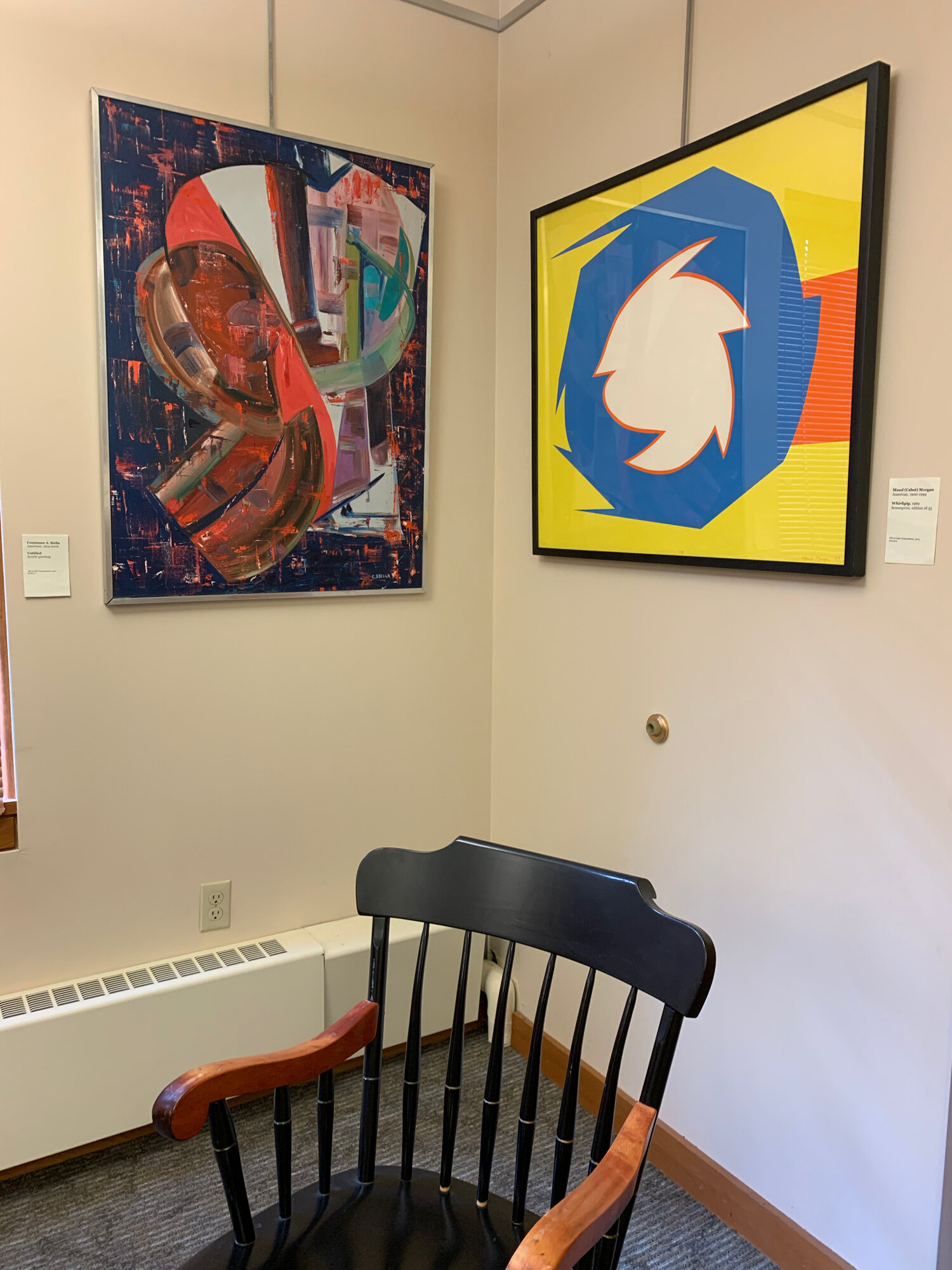
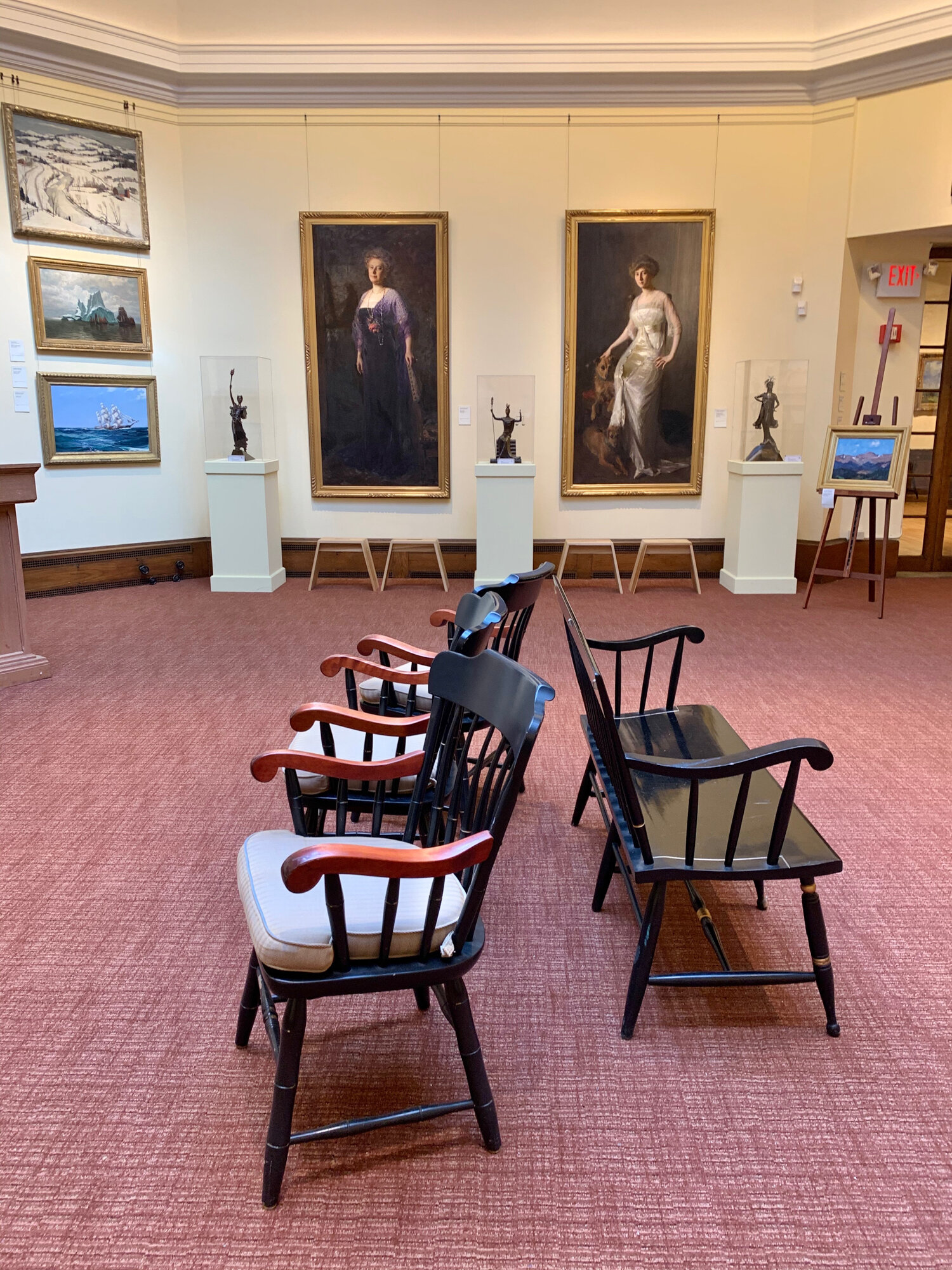
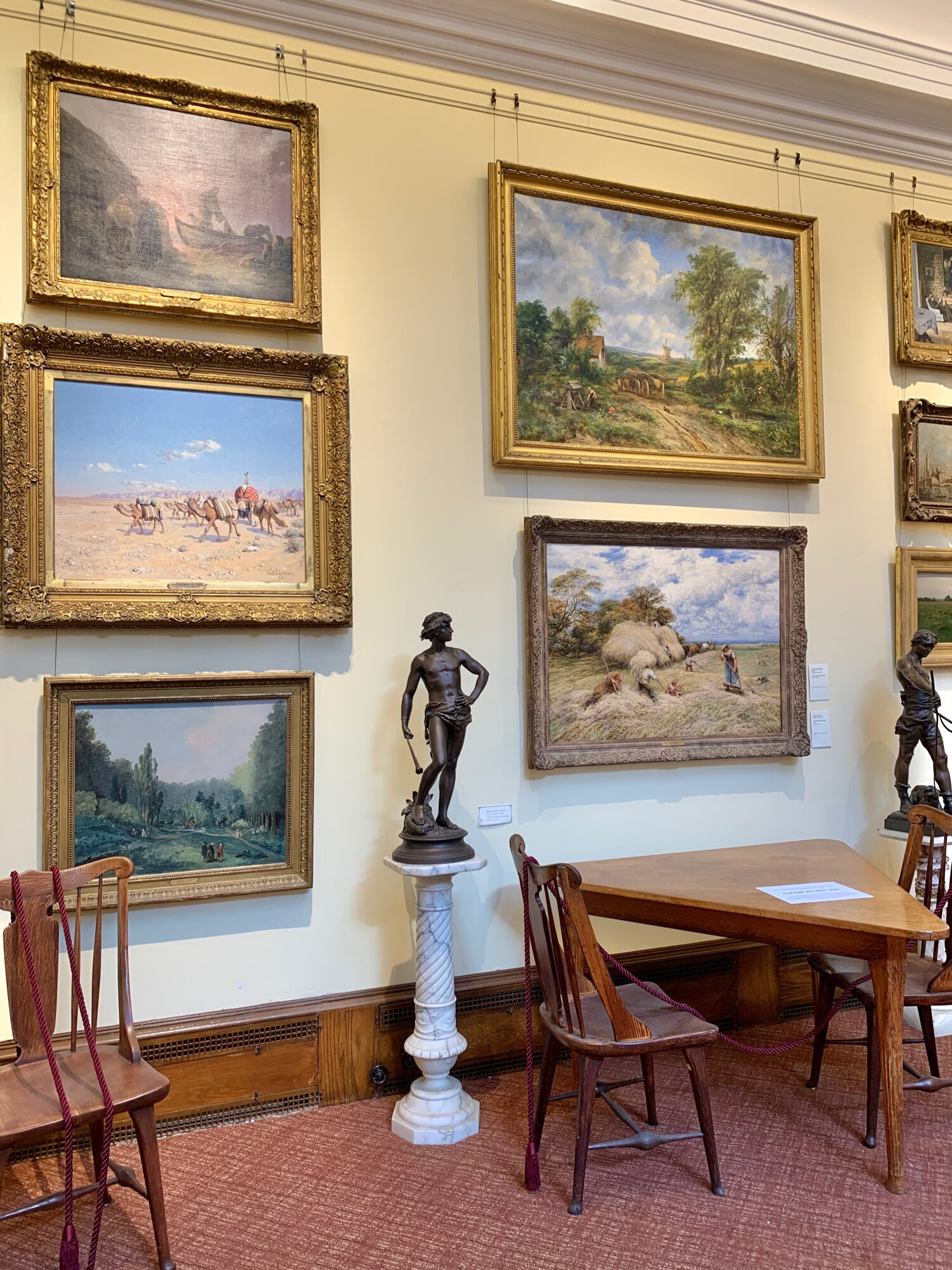
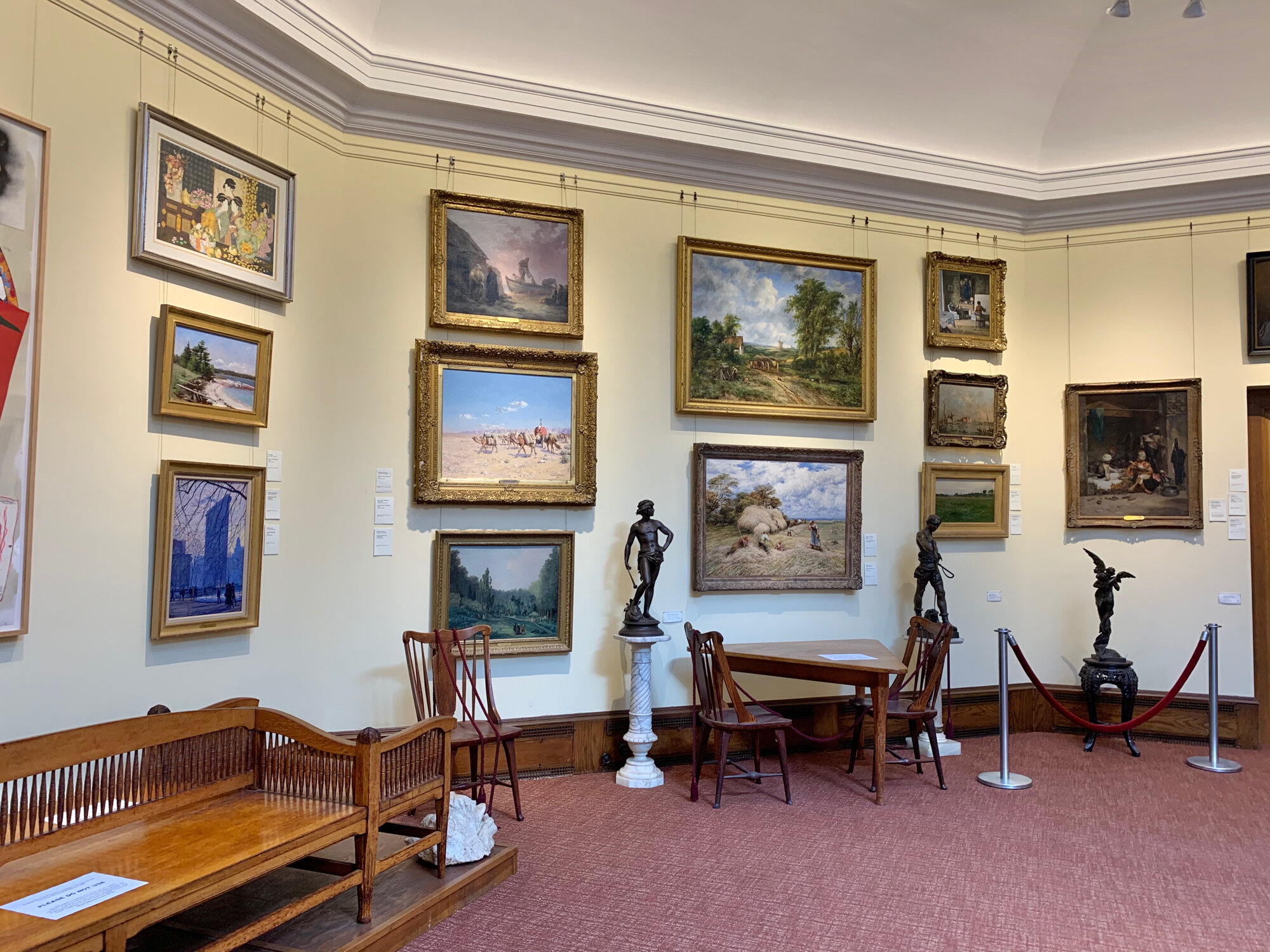
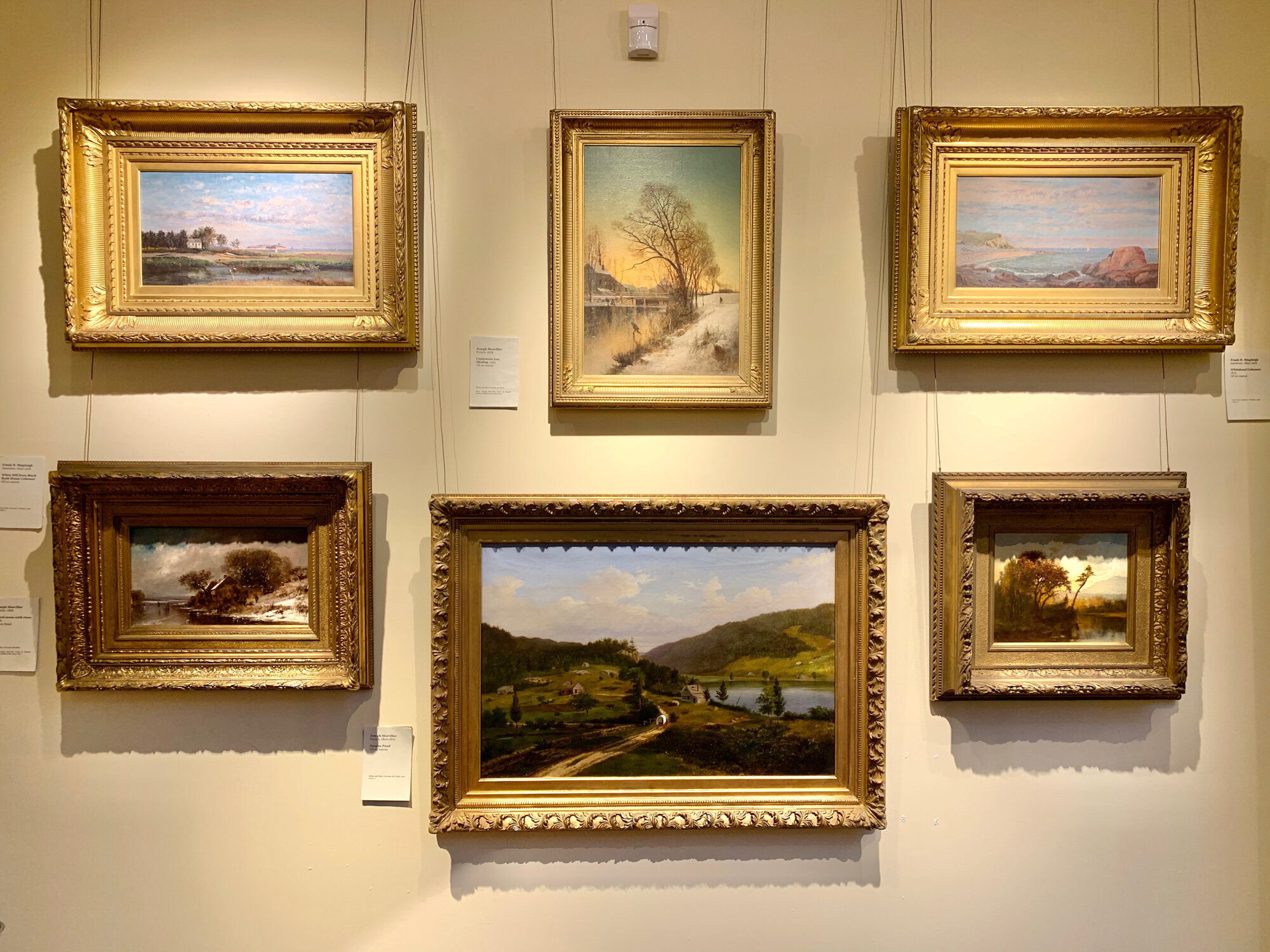

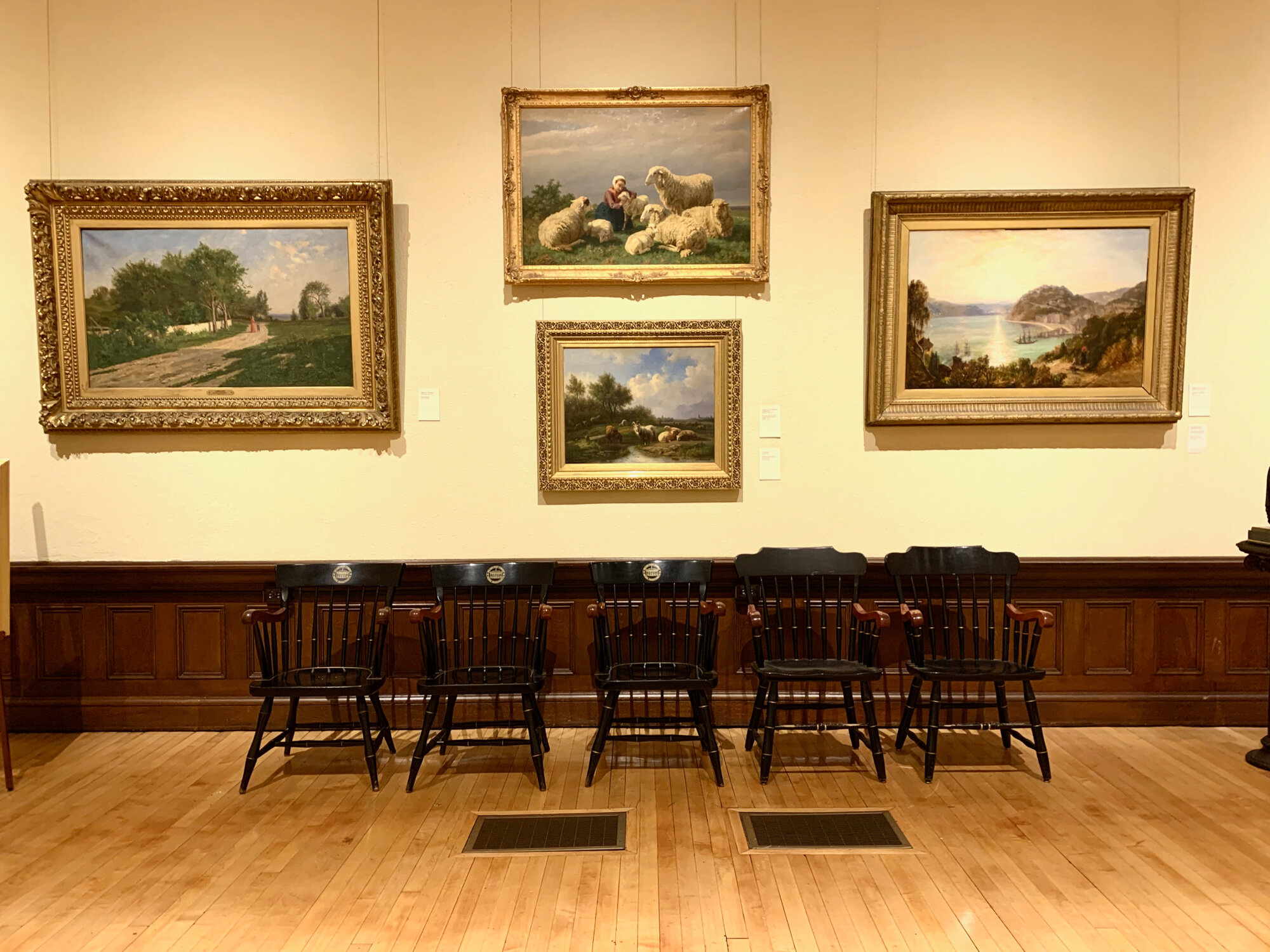
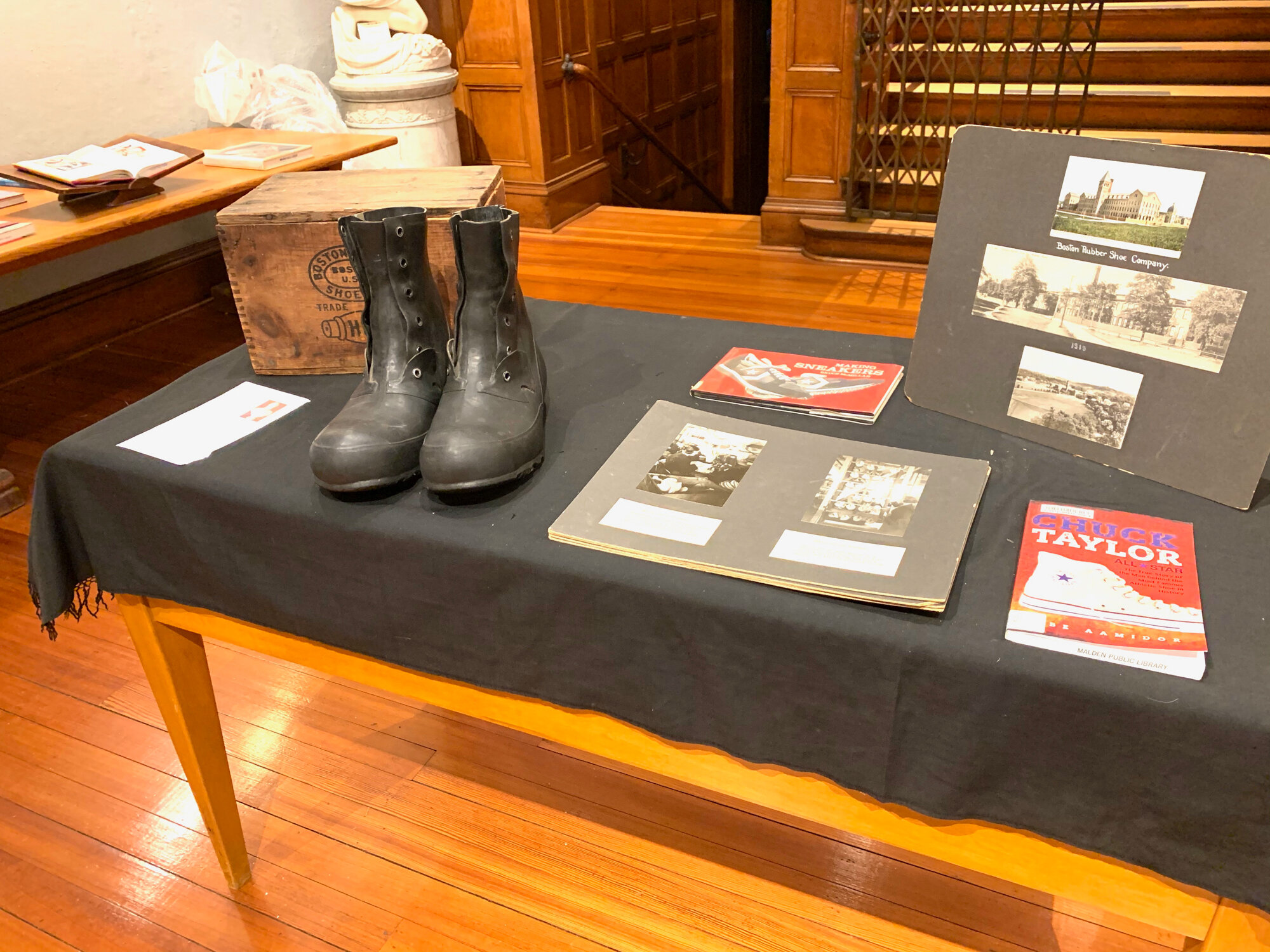
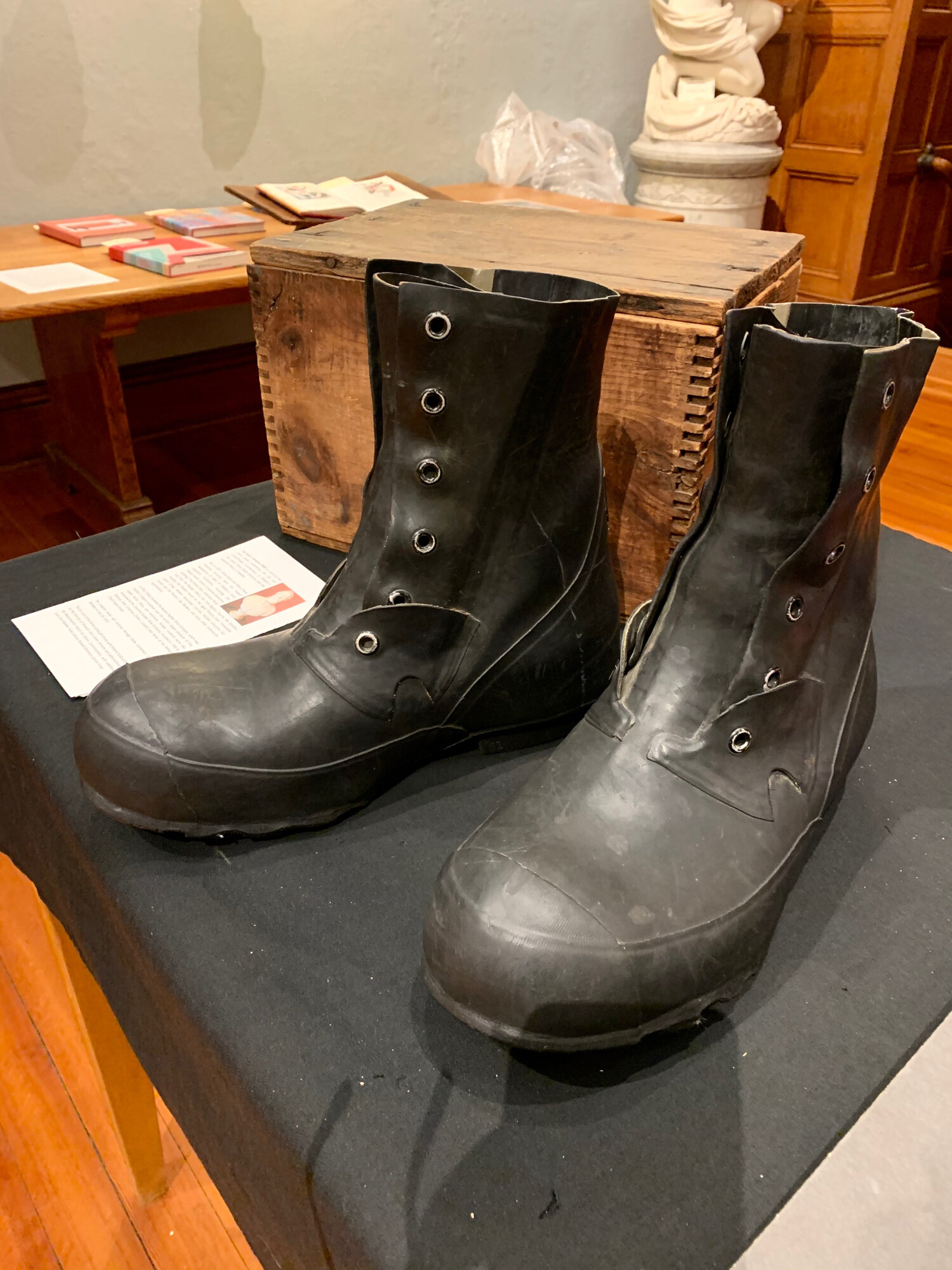

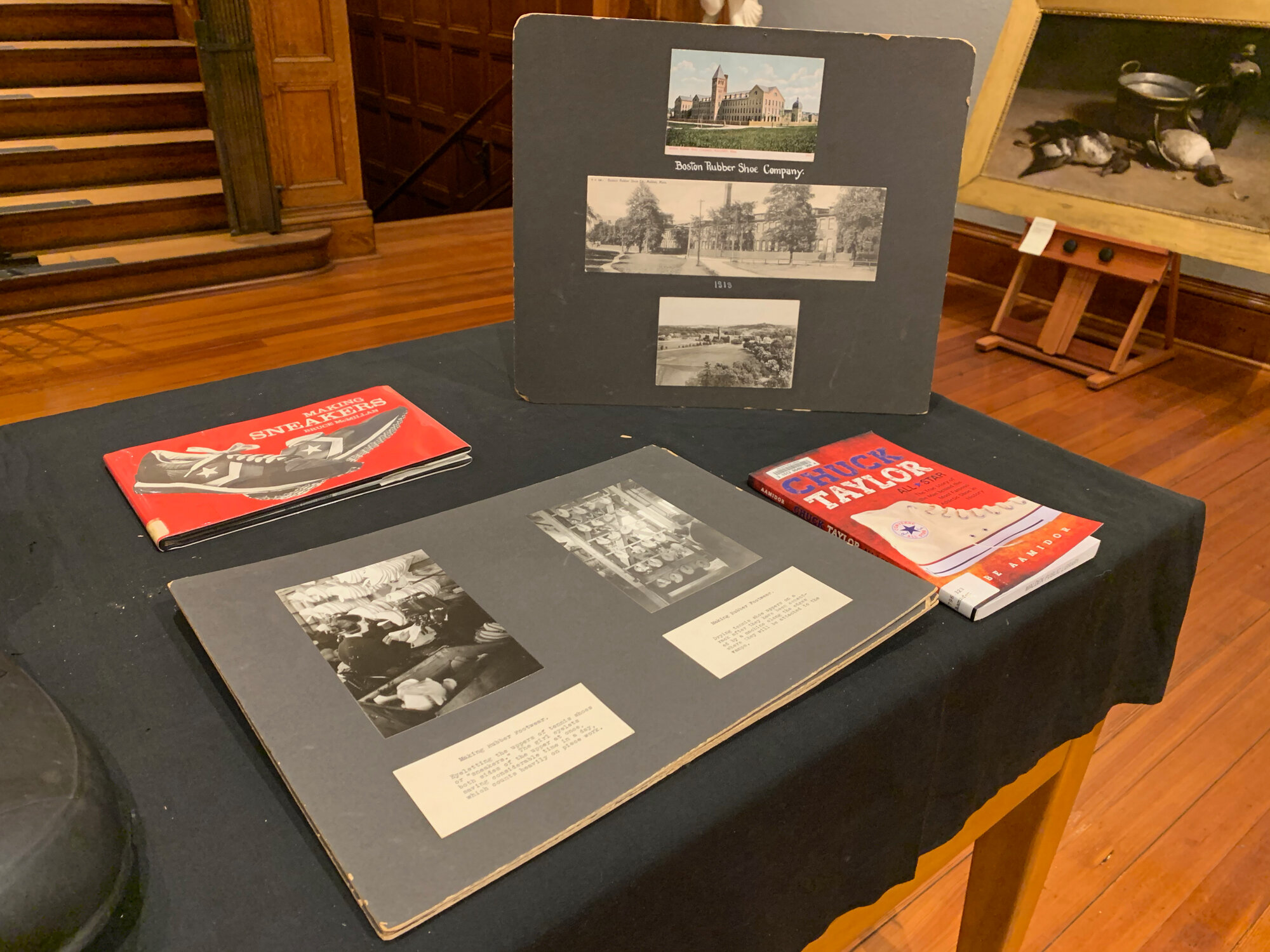
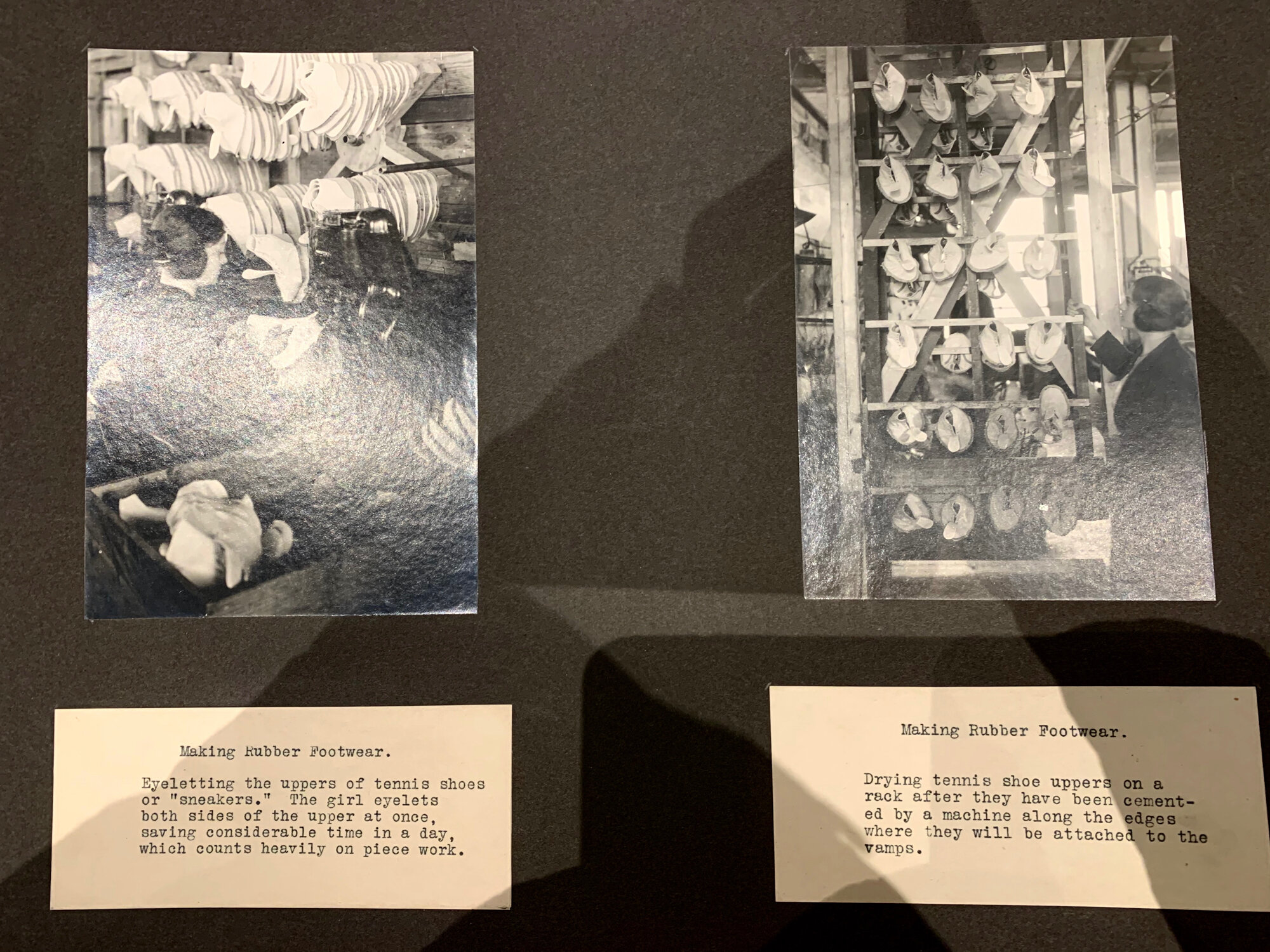
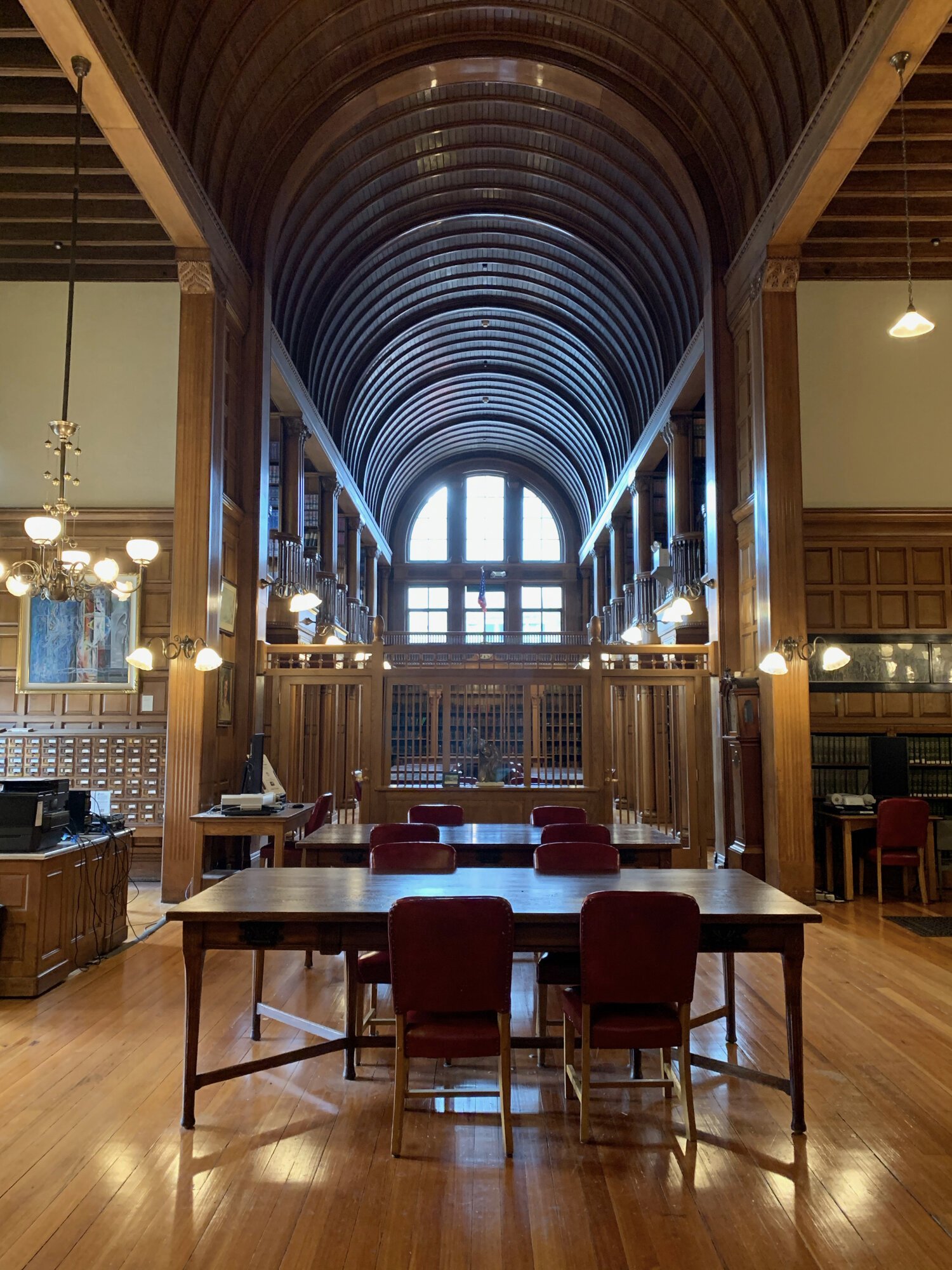

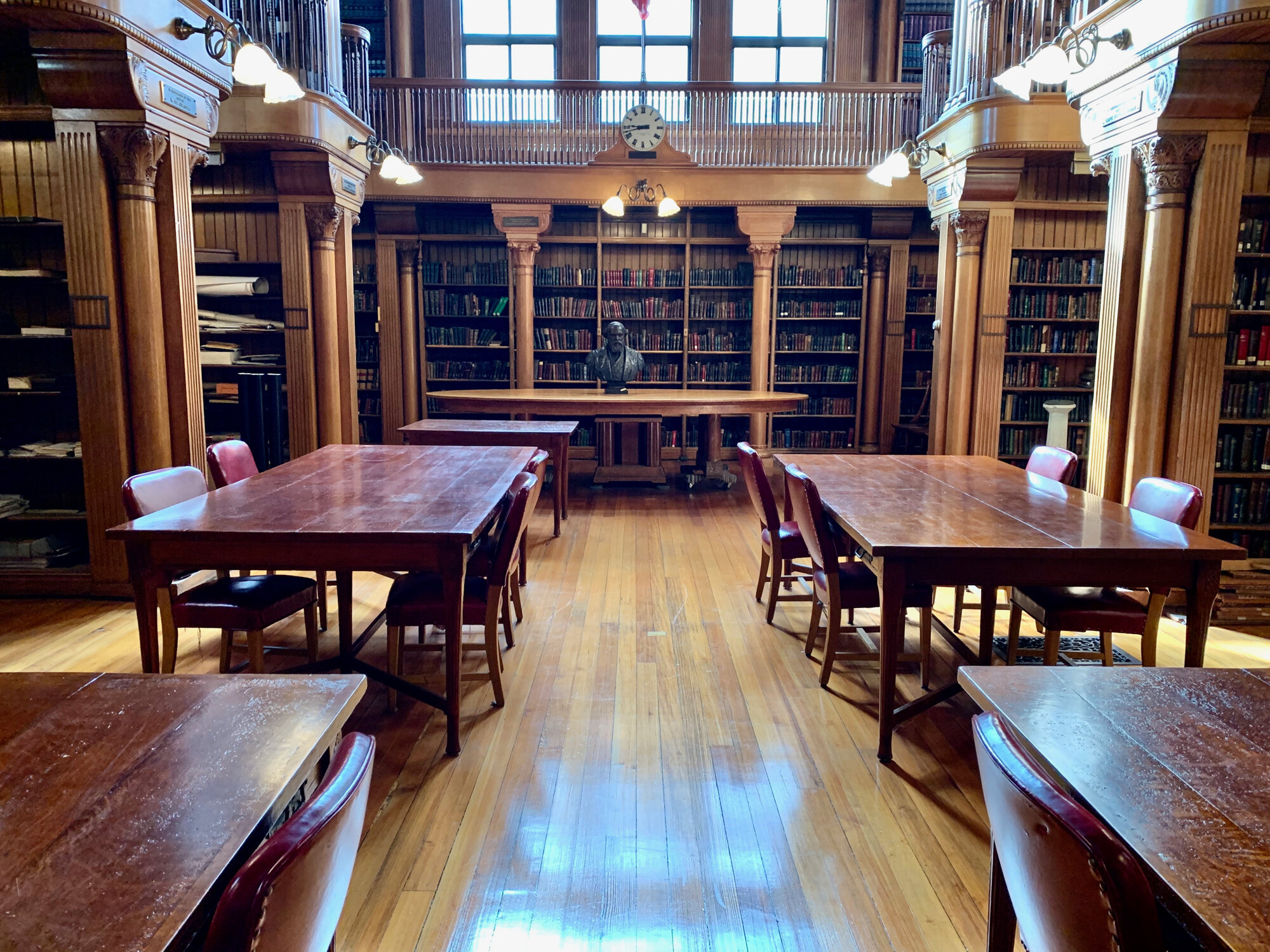
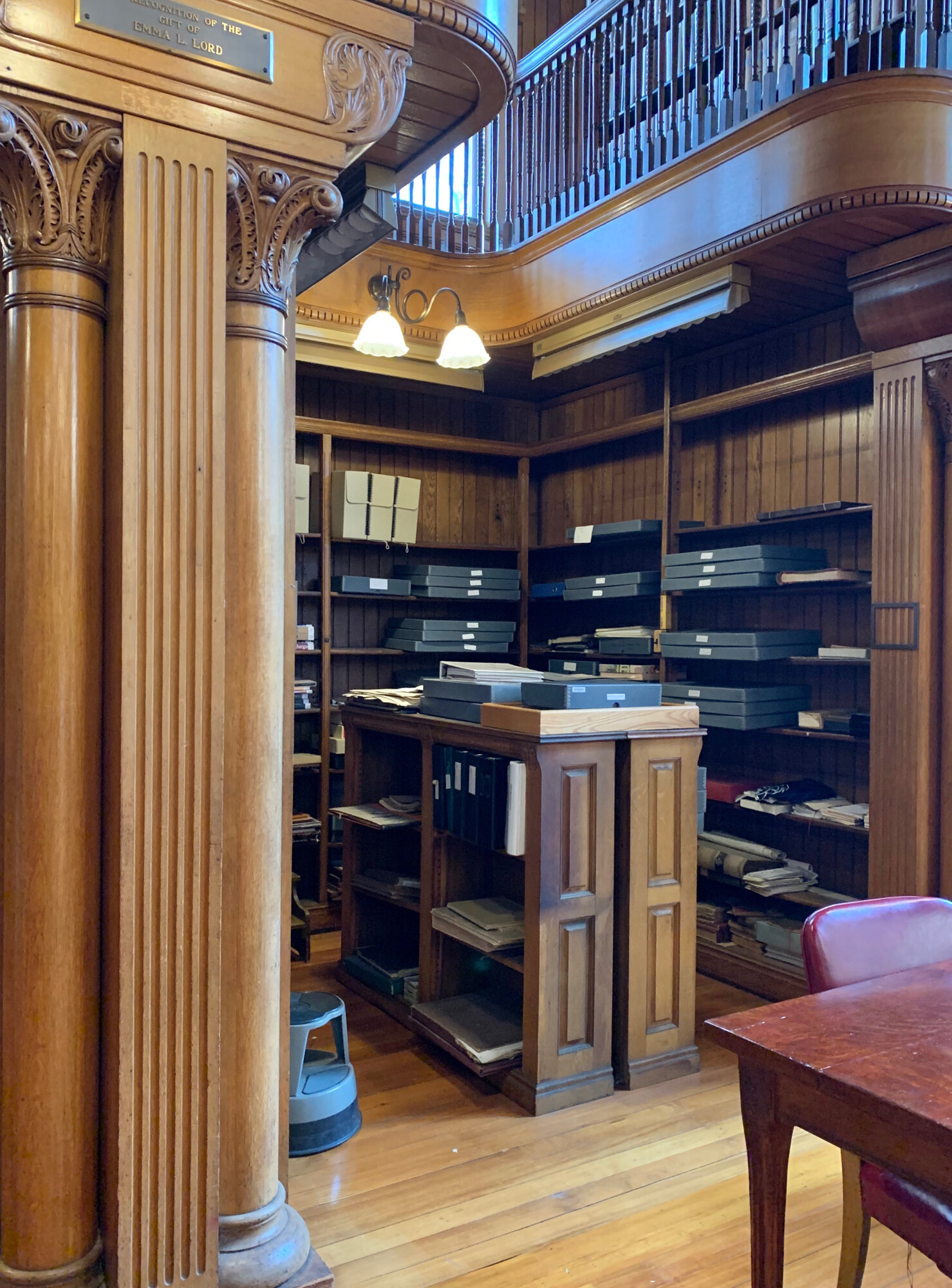
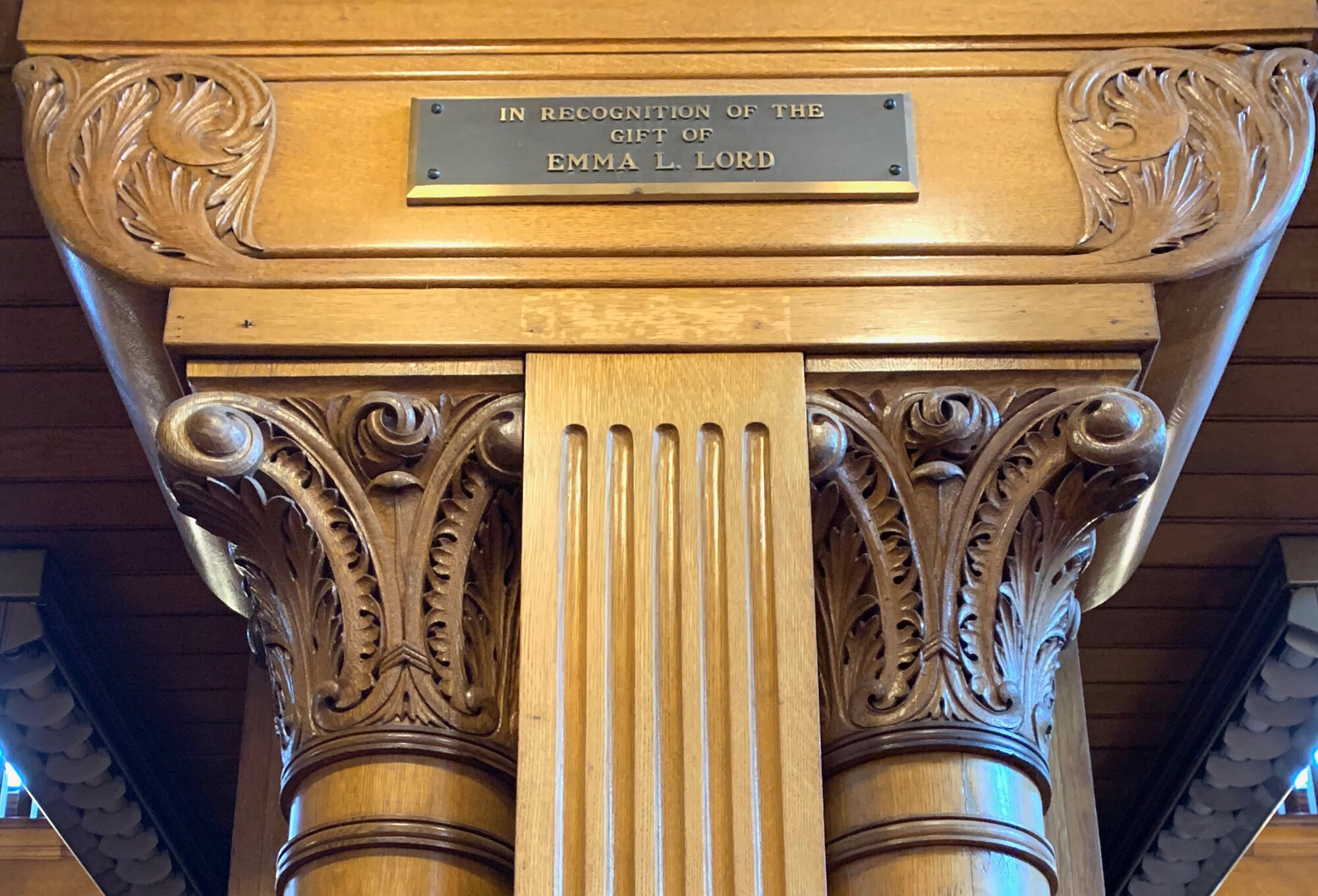
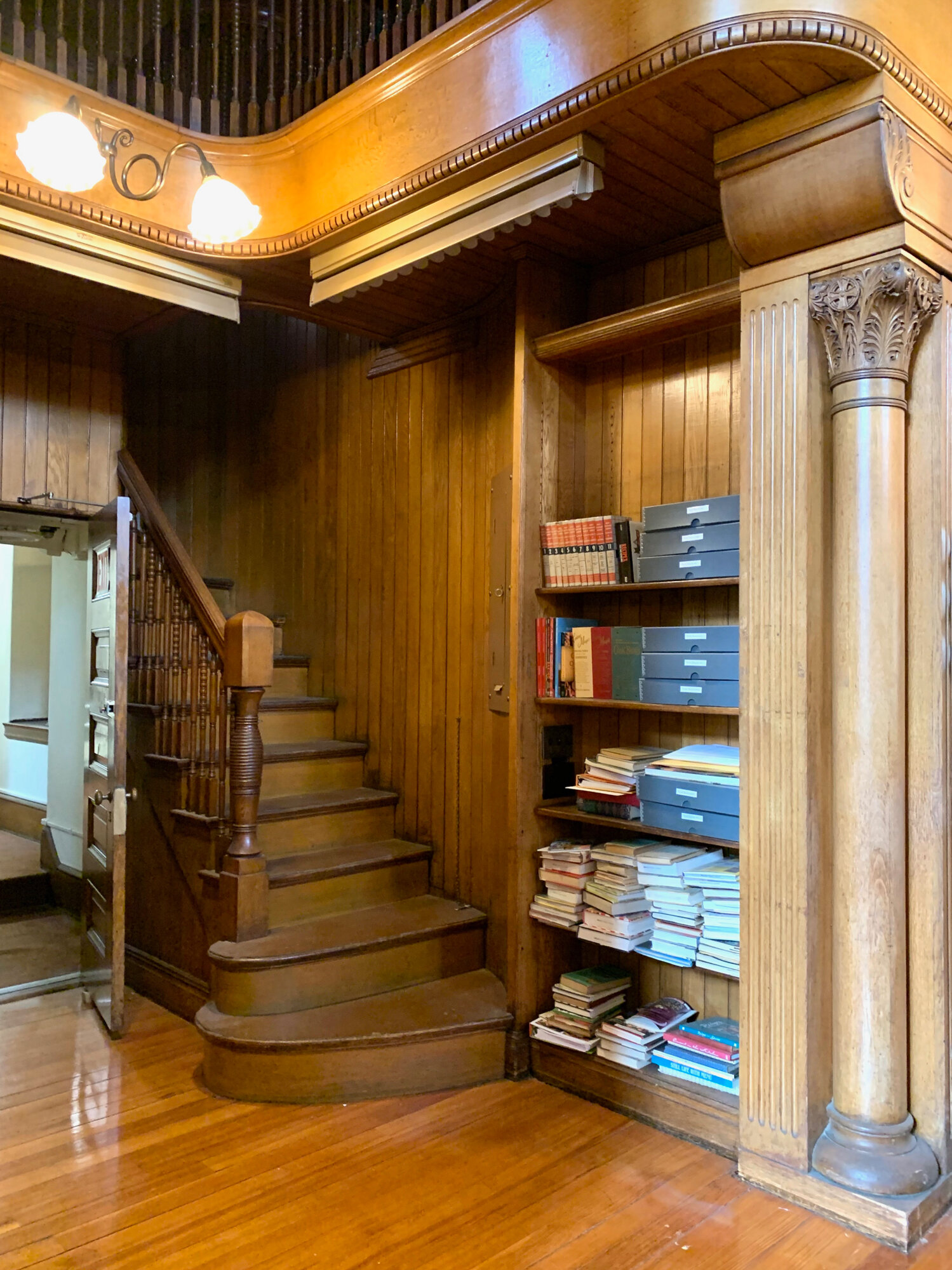





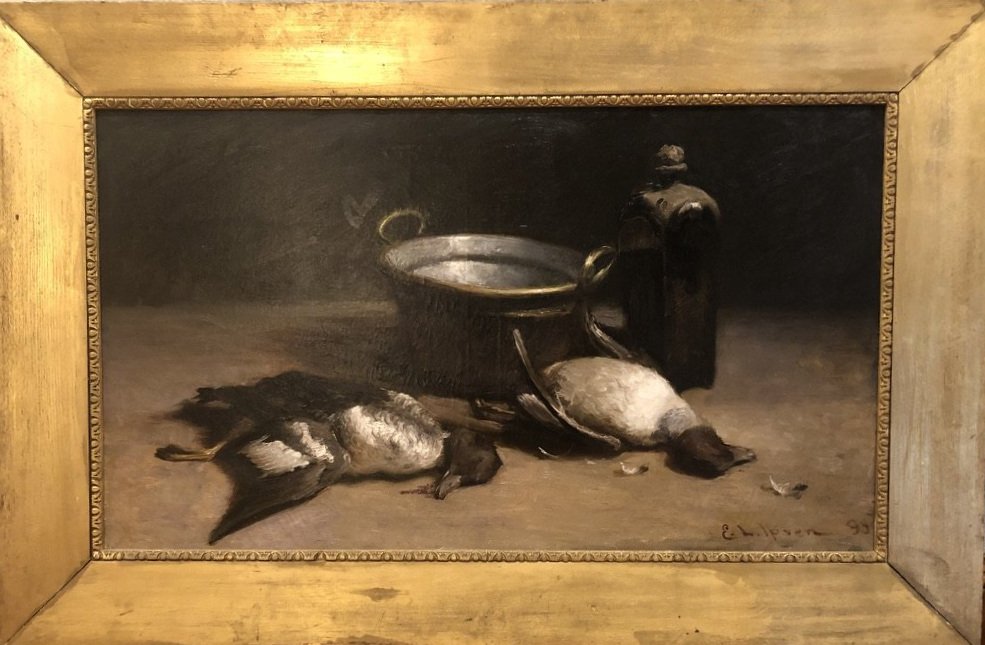



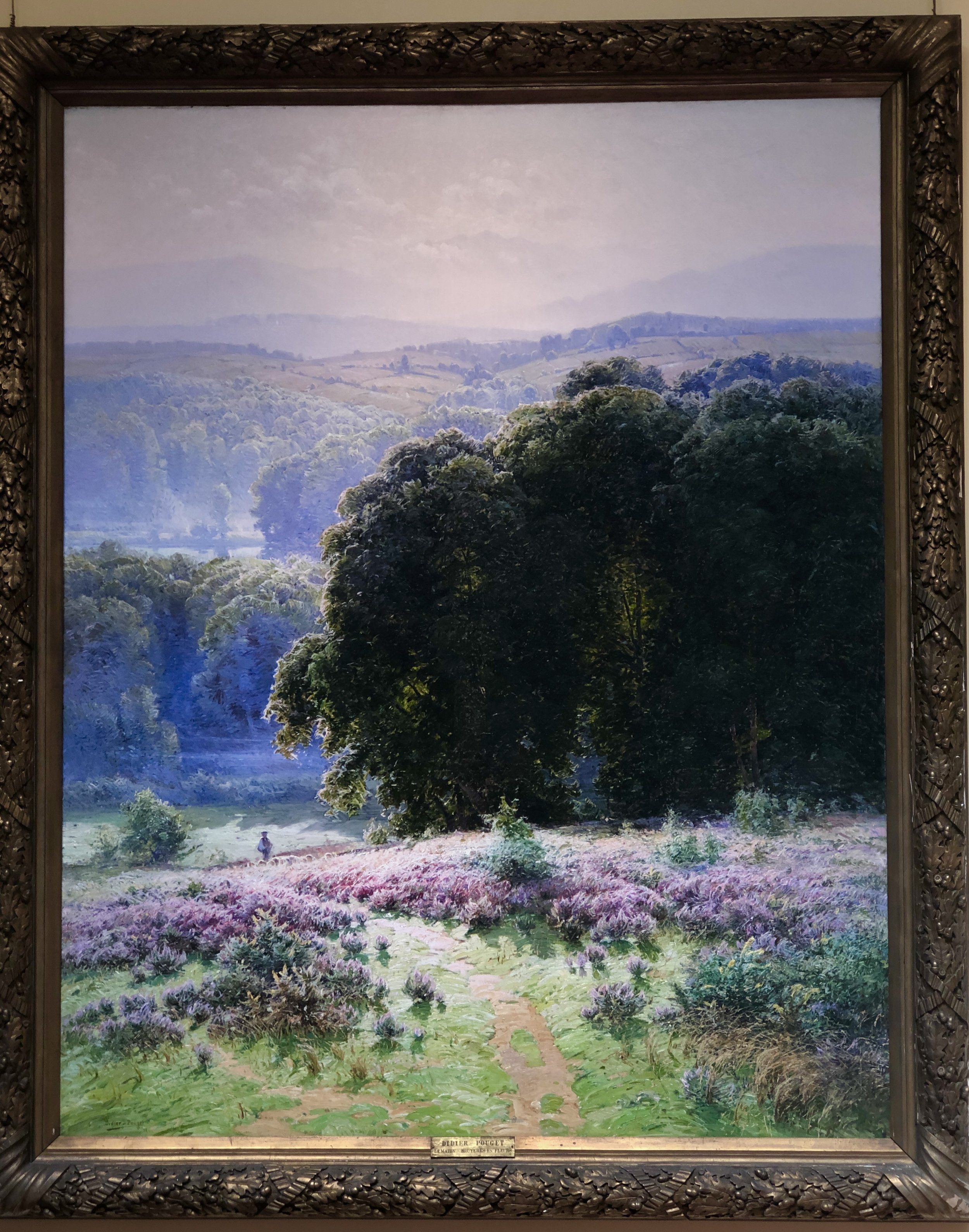








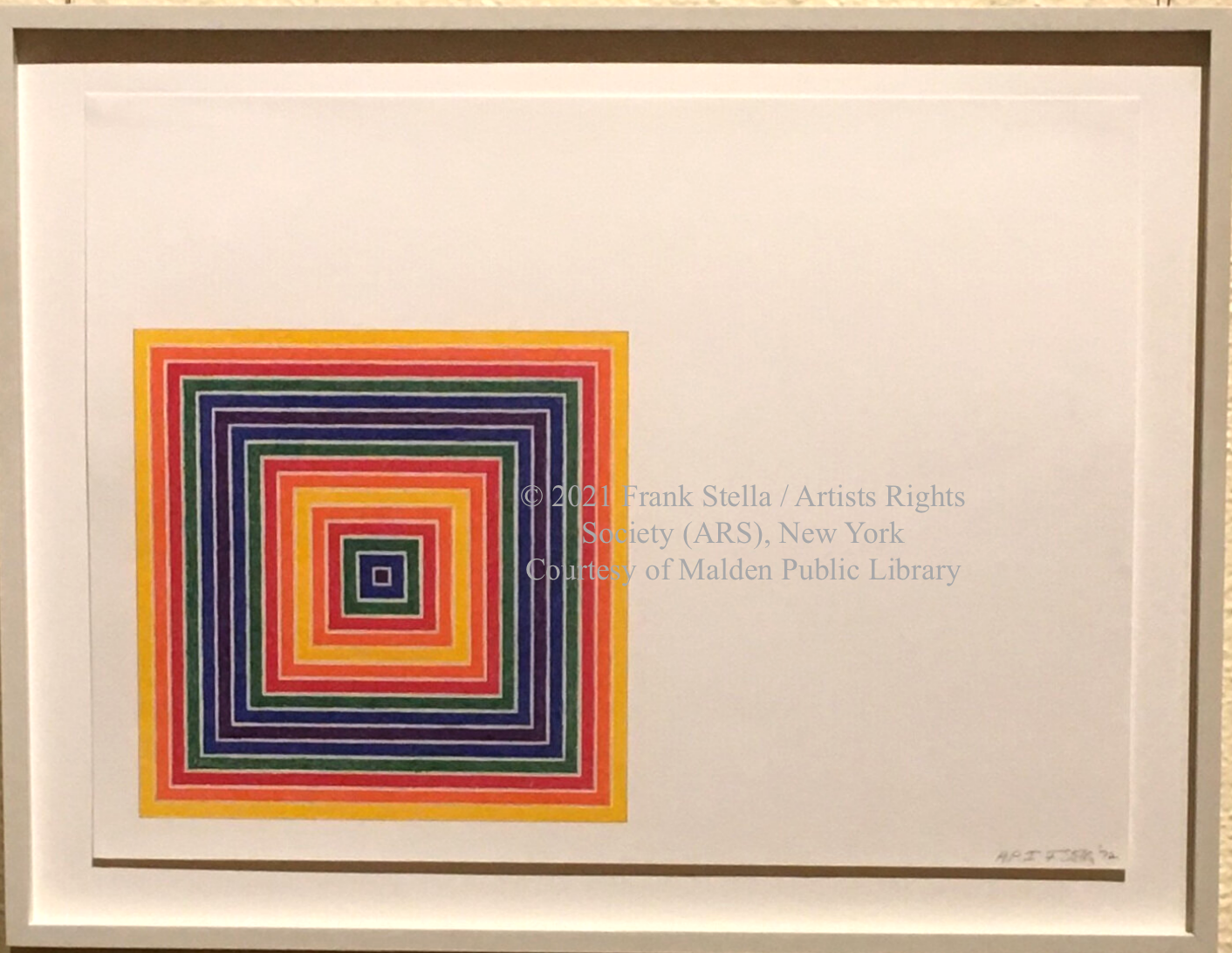
















The Malden Public Library owns a varied collection of artwork, which is housed in three art galleries in the Converse Memorial Building. The original art collection exists through the generosity of Elisha and Mary Converse. Not only did the Converse family finance the library building itself, but upon their deaths a fund was created that could only be used for the purchase of works of art ($50,000 from Elisha, $15,000 from Mary, and $10,000 from their daughter Ida, which would total about $2.4 million today). The first purchase was made in 1892, Cape Ann Pasture by Malden artist Albion Harris Bicknell. The artists represented in the collection include well-known artists such as Malden native Frank Stella, Erté and Troyon.
Portrait of Frank Eugene Converse by Albion H. Bicknell
Many of the early works were selected by Arthur Pope, Director of the Fogg Art Museum and Professor of Fine Arts at Harvard from 1906-1949. The Library also has an outstanding collection of statuary, bronze figures, lithographs and photographs.
The art gallery was originally located in the area to the right of the entrance to the library, now the local history section. On its walls hang several of the paintings that were there when the building was dedicated in 1885. Most prominent is a full-length portrait of 17 year old Frank Converse, in whose memory the library was constructed. On either side of him are his parents and the building’s donors, Elisha and Mary Converse. Also pictured is John Gardner, who donated $15,000 to Malden in 1878 for the purchase of books, thereby becoming the library’s first benefactor. The family portraits are by Albion Bicknell, a Malden painter and a favorite artist of the Converse family. In 1896, an addition was made to the building which included the Carr gallery which adjoins the original Lower Gallery. In 1914, further additions were completed, among them the octagonal Ryder Gallery, named for the library’s third president of the Board of Trustees.



